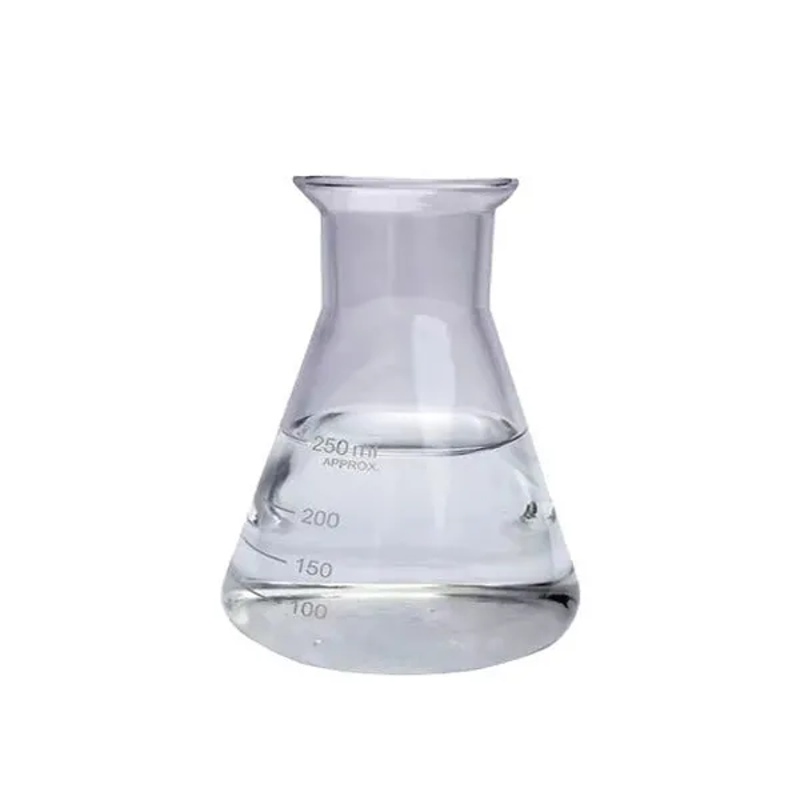-
Categories
-
Pharmaceutical Intermediates
-
Active Pharmaceutical Ingredients
-
Food Additives
- Industrial Coatings
- Agrochemicals
- Dyes and Pigments
- Surfactant
- Flavors and Fragrances
- Chemical Reagents
- Catalyst and Auxiliary
- Natural Products
- Inorganic Chemistry
-
Organic Chemistry
-
Biochemical Engineering
- Analytical Chemistry
-
Cosmetic Ingredient
- Water Treatment Chemical
-
Pharmaceutical Intermediates
Promotion
ECHEMI Mall
Wholesale
Weekly Price
Exhibition
News
-
Trade Service
Oxyphenonium bromide, also known as 1,2-dihydro-2-oxo-3H- pyrazol-3-yl-1-phenyl-2-(1H-pyrazol-1-yl)propanamide, is a chemical compound that is used in a variety of applications in the chemical industry.
It is often used as a catalyst in the production of polyurethane foams and as a curing agent in the production of epoxy resins.
Despite its widespread use in the chemical industry, oxyphenonium bromide is known to be a highly toxic chemical.
The compound has been classified as a Category 2 carcinogen by the International Agency for Research on Cancer (IARC), which means that it is possibly carcinogenic to humans.
In addition, oxyphenonium bromide is known to be toxic to the respiratory system, the skin, and the eyes.
There are several safety measures that should be taken into consideration when handling oxyphenonium bromide.
These include:
- Wearing appropriate personal protective equipment (PPE), such as gloves, safety glasses, and a lab coat, to prevent exposure to the chemical.
- Working in a well-ventilated area to prevent inhalation of the chemical.
- Avoiding skin contact with the chemical.
- Using proper storage and disposal procedures to prevent the chemical from leaking or spilling.
Despite these safety measures, there is still a risk of exposure to oxyphenonium bromide, especially for workers who are regularly exposed to the chemical.
Therefore, it is important for employers to provide comprehensive training and education programs for their employees to ensure that they are aware of the potential hazards associated with the chemical and know how to handle it safely.
It is also important for companies to have a robust safety program in place to prevent accidents and injuries.
This may include conducting regular safety audits and inspections, providing emergency response training, and having a well-stocked first aid kit on hand in case of an emergency.
In addition to the health and safety risks associated with oxyphenonium bromide, there are also potential environmental risks associated with its use.
The chemical should be handled and disposed of in accordance with local and federal regulations to prevent contamination of soil, water, and air.
Overall, oxyphenonium bromide is a hazardous chemical that should be handled with caution and care.
By taking the appropriate safety measures and following proper disposal procedures, the risks associated with the chemical can be minimized.
However, it is important for companies to take the necessary steps to protect the health and safety of their employees and the environment.
As an alternative to oxyphenonium bromide, many companies are turning to safer and more sustainable methods of catalysis and curing.
These alternatives may include natural or biodegradable catalysts, renewable feedstocks, and more efficient manufacturing processes.
By investing in research and development and adopting more sustainable practices, the chemical industry can help to reduce the risk of exposure to hazardous chemicals like oxyphenonium bromide and improve the health and safety of workers and the environment.







